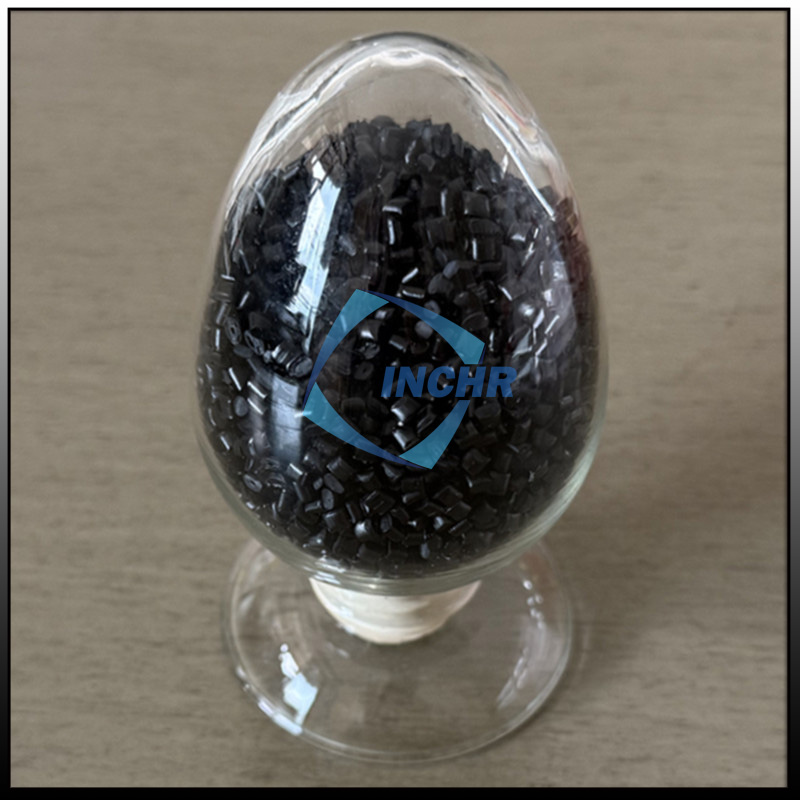Introduction
The industrial robotics sector thrives on precision, durability, and efficiency. As factories and warehouses demand faster, smarter, and more resilient automation systems, materials science has become a critical driver of innovation. Enter carbon fiber reinforced nylon (CFRN)—a high-performance composite reshaping robotic components with its unmatched blend of strength, lightweight design, and adaptability. In this blog, we explore how CFRN is transforming industrial robotics, enabling next-gen automation solutions that outperform traditional metal or plastic counterparts.
Why Industrial Robotics Needs Advanced Materials
Industrial robots operate in demanding environments: high-speed movements, repetitive stress, exposure to chemicals, and extreme temperatures. Traditional materials like aluminum or unreinforced plastics often fall short in balancing weight, durability, and cost. CFRN addresses these challenges by offering:
Reduced inertia: Lighter components allow faster acceleration and deceleration.
Enhanced precision: Minimal warping under load ensures consistent performance.
Long-term reliability: Resistance to wear, chemicals, and heat extends component lifespan.

Key Properties of Carbon Fiber Reinforced Nylon for Robotic Applications
Carbon fiber reinforced nylon combines nylon’s flexibility with carbon fiber’s rigidity, creating a composite tailored for robotics. Key advantages include:
Superior Strength-to-Weight Ratio
CFRN is up to 50% lighter than aluminum but matches its tensile strength. This reduces the robot’s overall weight, lowering energy consumption and enabling higher payload capacities.Thermal and Chemical Resistance
Withstanding temperatures up to 150°C (302°F) and resisting oils, lubricants, and solvents, CFRN thrives in harsh industrial settings like automotive assembly lines or chemical plants.Low Moisture Absorption
Unlike standard nylon, CFRN retains dimensional stability in humid environments, preventing performance drift in sensitive tasks like precision welding or pick-and-place operations.Vibration Damping
Carbon fibers absorb mechanical vibrations, reducing noise and wear in high-speed robotic arms.
CFRN in Action: Transforming Robotic Components
From articulated arms to grippers, CFRN is redefining critical robotic parts:
1. Robotic Arms and Joints
Industrial robotic arms require materials that endure constant motion without flexing. CFRN’s stiffness and fatigue resistance make it ideal for:
Articulated arms: Improved speed and accuracy in tasks like welding or painting.
Gearboxes and bearings: Reduced friction and wear in harmonic drives.
Example: A leading automotive manufacturer reported a 20% increase in assembly line speed after switching to CFRN-based robotic arms, citing reduced inertia and maintenance downtime.
2. End-Effectors and Grippers
CFRN’s lightweight nature allows for faster, more responsive grippers. Its chemical resistance also ensures compatibility with oily or abrasive workpieces. Applications include:
Vacuum grippers: Lightweight suction cups for handling fragile electronics.
Magnetic grippers: CFRN housings that resist demagnetization from heat.
3. Protective Housings and Frames
Robots operating near corrosive substances or heavy machinery benefit from CFRN’s ruggedness. Use cases include:
Sensor housings: Shielding LiDAR or vision systems from chemical splashes.
Robot bases: Stable yet lightweight frames for mobile collaborative robots (cobots).
4. Cable Management Systems
CFRN’s electrical insulation properties and durability make it perfect for:
Cable carriers: Flexible yet abrasion-resistant tracks for power and data cables.
Connector housings: Protecting sensitive communication ports in dusty environments.
CFRN vs. Traditional Materials in Robotics
How does carbon fiber reinforced nylon compare to alternatives?
| Material | Weight | Durability | Cost | Best Use Case |
|---|---|---|---|---|
| CFRN | Low | High | Moderate | High-speed, high-precision arms |
| Aluminum | High | High | High | Extreme load-bearing joints |
| Standard Nylon | Low | Moderate | Low | Low-stress, non-corrosive tasks |
| Steel | Very High | Very High | High | Heavy-duty lifting systems |
CFRN excels in scenarios demanding a balance of speed, precision, and environmental resistance.
Implementing CFRN: Best Practices for Manufacturers
Adopting carbon fiber reinforced nylon requires strategic planning:
Design for Manufacturability
Collaborate with engineers to optimize fiber orientation during injection molding or 3D printing. This maximizes strength in stress-prone areas like robotic wrist joints.Leverage Additive Manufacturing
Use selective laser sintering (SLS) or FDM 3D printing to prototype complex geometries, such as lattice-structured grippers that reduce weight without sacrificing grip strength.Test Under Real-World Conditions
Simulate long-term wear by cycling CFRN parts through repetitive motions (e.g., 100,000+ pick-and-place cycles) to validate performance.Consider Hybrid Solutions
Combine CFRN with metals or ceramics for components like robotic gears, where metal teeth can handle extreme loads while CFRN bodies reduce weight.
The Future of Carbon Fiber Reinforced Nylon in Robotics
Emerging trends are set to expand CFRN’s role in automation:
Self-Healing Composites: Researchers are embedding microcapsules in CFRN to repair minor cracks autonomously, ideal for 24/7 production lines.
Integrated Sensors: Conductive carbon fibers could enable “smart” CFRN parts that monitor stress or temperature in real time.
Sustainable CFRN: Recyclable grades and bio-based nylons will align robotics with circular economy goals.
Conclusion
Carbon fiber reinforced nylon is more than a material upgrade—it’s a strategic advantage in industrial robotics. By slashing weight, boosting durability, and enabling agile designs, CFRN empowers manufacturers to build faster, smarter, and more sustainable automation systems. As robotics evolves toward collaborative and AI-driven solutions, CFRN will remain a cornerstone of innovation.




